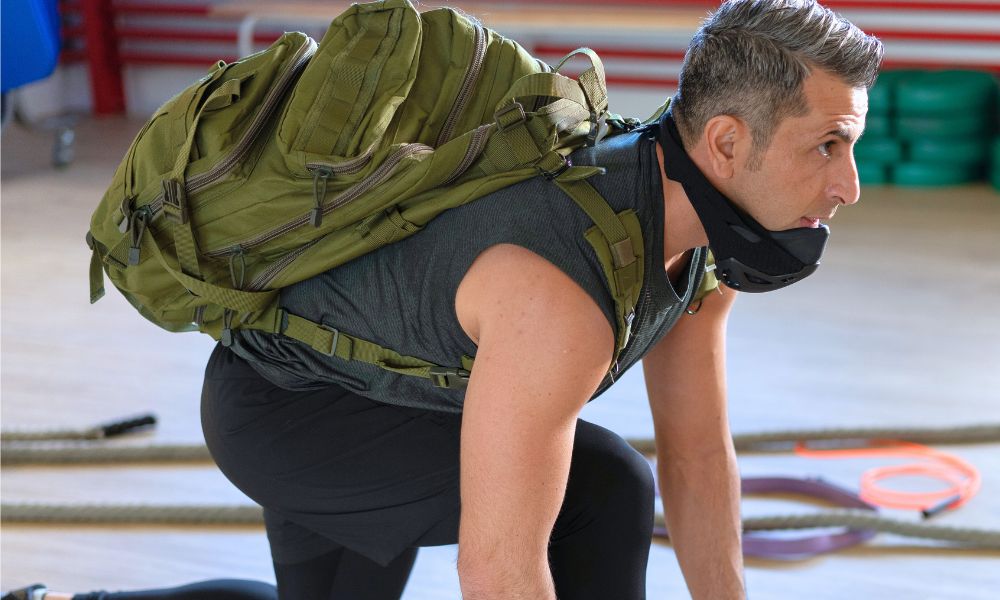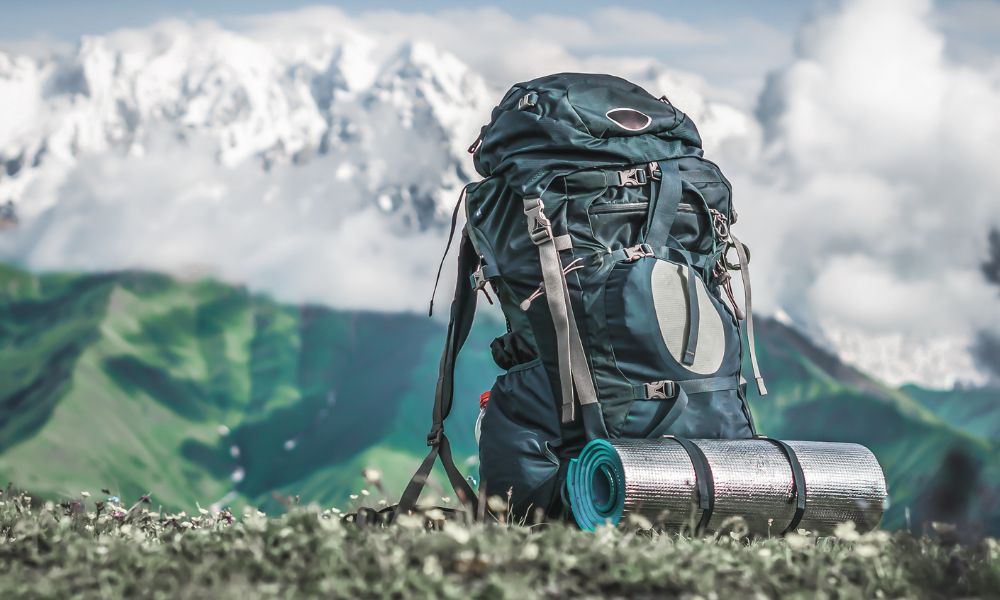Ergonomics refers to the science and practice of making tools, equipment, and environments more user-friendly.
Most individuals who are familiar with the term associate it with the workplace, but it goes far beyond the layout of your cubicle. Workplaces, sports and leisure, health and safety, and any other environment where people spend time all fall within the purview of ergonomics. We will focus on the sports and leisure side of things with our complete guide to backpack ergonomics.
The Importance of Straps
The most vital component of any backpack is its straps. The correct straps are responsible for keeping your pack secure to your back, so finding the right version for your needs is crucial.
Backpacks often have one of three common forms: a straight, bridged, or contour strap. Straps with a contour are either shaped in a single outward curve or a shallow S-curve that curls inward just above the sternum and back outward below your arms. This mimics the natural contours of our bodies more closely.
On the other hand, the straight straps are exactly that—straight. Because contoured straps conform to your body rather than crossing across it, they are less likely to grind against you or irritate your trap muscles.
Straps on laptop backpacks and school bags often have some curvature, whereas those on bags designed with style in mind are more likely to be straight. The most contoured bags are those with the largest capacities and the heaviest weights, such as hiking and trekking ones.
Strap Width
The breadth of the shoulder straps is just as important as the form of the straps when it comes to a backpack’s comfort level.
Straps that are too narrow place undue strain on your shoulders. Straps that are too broad may cause discomfort by pressing on the armpits or the sides of the neck. The tops of the shoulder straps’ attachments might also determine how much they pinch around your neck. If they’re too close together, you won’t have room to move your neck.
The thickness of a shoulder strap is the last form parameter. The straps’ cushioning is a common determinant of its quality. The straps of an open-cell foam backpack are typically wider than those of a closed-cell foam one. However, the resulting strap is often flatter since closed-cell foam is denser and provides greater support.
Hiking packs and other large backpacks designed to carry big goods for long distances include plenty of Ethylene-vinyl acetate (EVA) or dual-density cushioning for comfort.
Assessing Your Needs
Overall, how much weight your large tactical backpack should carry depends on many factors, although answering the following questions paints a better picture.
Finding the Maximum Weight
The general rule for the maximum weight in your backpack is between 15–20 percent of your body weight. While that rule may work for growing schoolchildren who are off to elementary school, that theory doesn’t make much sense for adults. You can’t expect someone weighing 150 pounds to carry a 30-pound bag.
You should prevent your load from becoming too heavy in one spot, so choose a backpack with several separate storage areas. Load your pack so that the heaviest objects are closest to your body. Ultimately, you can ascertain the maximum capacity of your pack based on the type of backpacker you are, the terrain you’re trekking on, and the length of your trip.
The Terrain
If you’re taking things easy and are more concerned about your comfort than racking up the miles, your backpack will require more comfort items, leading to excess weight. But if you hike like it’s the Lewis and Clark days, you will want to pack lighter and carry only the essentials.
Steep and rocky terrain will also be a factor to consider. If you’re scaling up the challenging landscape, you don’t want luxury and comfort items dragging you down, so you’re better off limiting your packed items. Meanwhile, you can stuff your backpack with more goodies if the ground is flatter than a pancake.
How Long Are You Hiking?
Unless you’re traveling somewhere freezing where hypothermia is a problem, you don’t normally bring extra garments for a journey that lasts three days. Also, during a three-day journey, you’ll notice that the weight of your pack decreases as you consume more food.
Things change when you’re on a long journey. You should bring the lightest T-shirts and shorts and an additional short-sleeved shirt for these travels. These aren’t necessarily your hiking gear but rather emergency attire. You may wear them as an extra layer on top of your pajamas or under your rain gear.
You’ll also need more food for extended journeys, so that will account for extra backpack weight.
So if you plan on taking a longer hike, you need to find a larger bag that will account for the extra items. However, for smaller treks, you can go with a more minimalistic style.
How To Wear a Backpack
The right shoulder straps and backpack size won’t matter if you don’t wear it properly. You must use both shoulder straps; otherwise, you could throw your back out of alignment. Hiking multiple miles with a back that needs a good crack is a miserable experience, so it’s in your best interest to avoid that at all costs.
With the straps firmly on your shoulders, position the backpack under your shoulders and above your hips. Wearing it this way won’t cause any body parts to take on more weight than others, preventing any parts of your body from hurting. You can choose a bag with a waist and chest belt if that’s more comfortable for you.
Tips To Remember
You should do a couple of things if you want your shoulders and spine to cooperate with your journey, with the first thing being to empty out your backpack. Before every new hiking venture, you should remove every item from your bag and start from scratch.
The next helpful tip is to remove your backpack and take breaks as you see fit. Feel free to take it off when taking a breather. Your body will thank you for the brief moments without a backpack dragging it down.
It’s also important to pick up your backpack with efficiency in mind. Always lift your pack with your legs rather than your back. Squatting down and using your legs as your source of strength will limit and prevent back issues.
This complete guide on backpack ergonomics explains what you should look for, how you should wear one, and how to pack it effectively. With your new-found knowledge and the wonderful collection of small to large bags from WOLFpak, you can accomplish anything.

Read more

Let’s look into the pros and cons of rucking to prove whether walking with weights in a backpack is healthy so you can explore this activity confidently.

The best way for busy people to eat more protein doesn’t necessarily involve taking a 10-minute break and throwing a piece of chicken in a pan.












Leave a comment
This site is protected by hCaptcha and the hCaptcha Privacy Policy and Terms of Service apply.